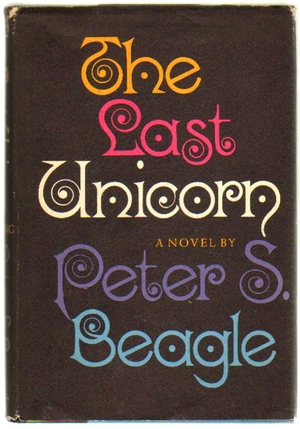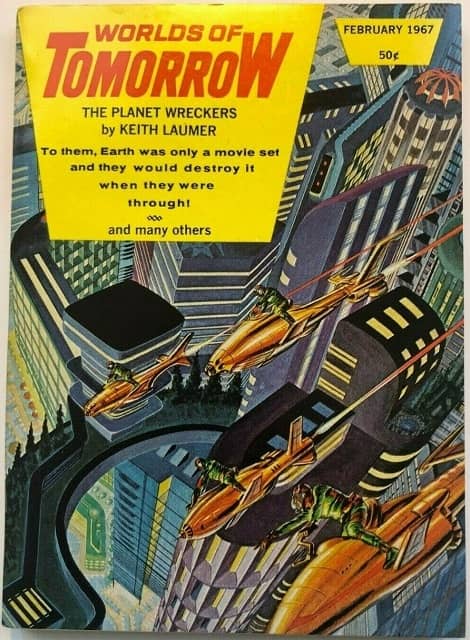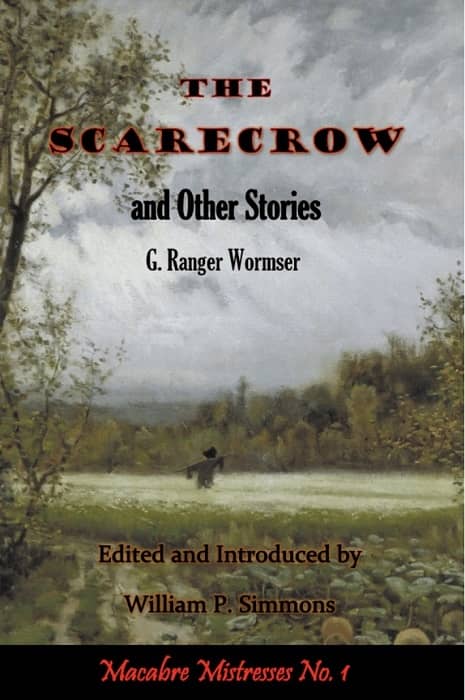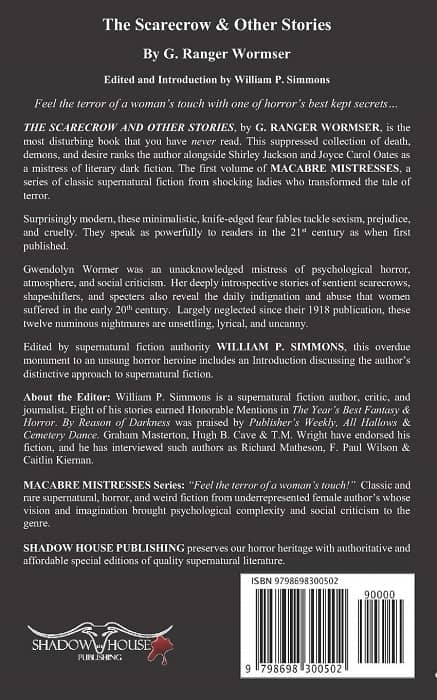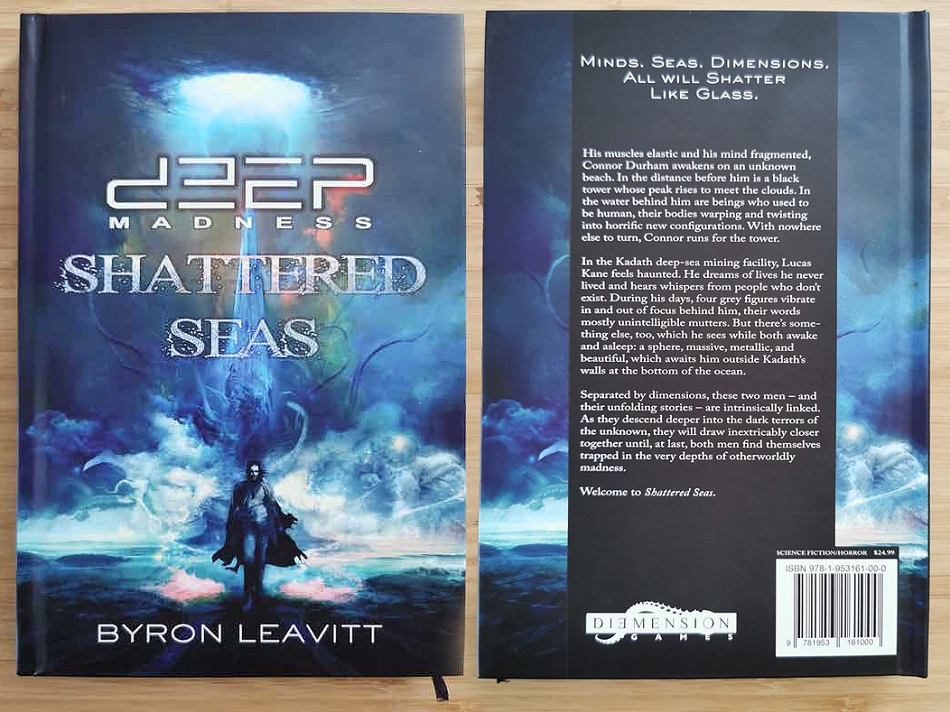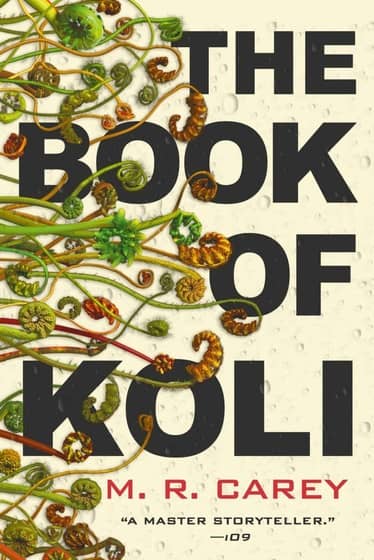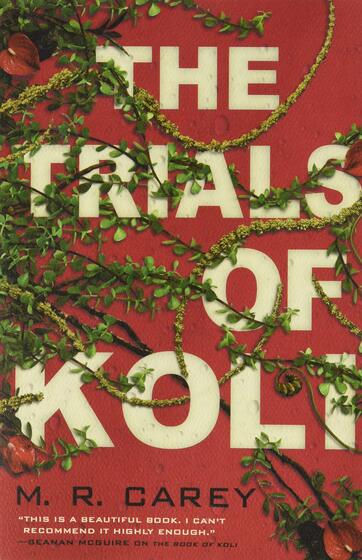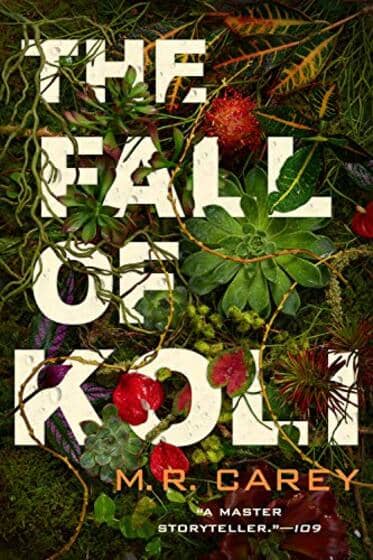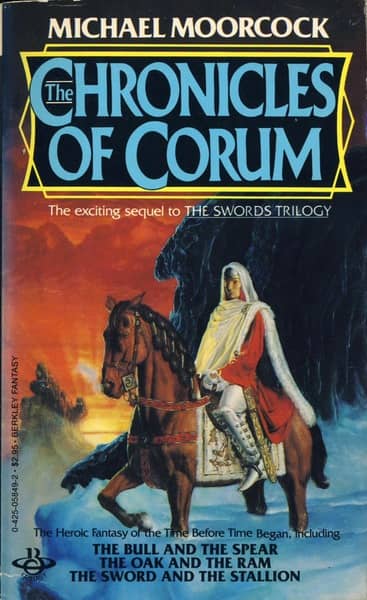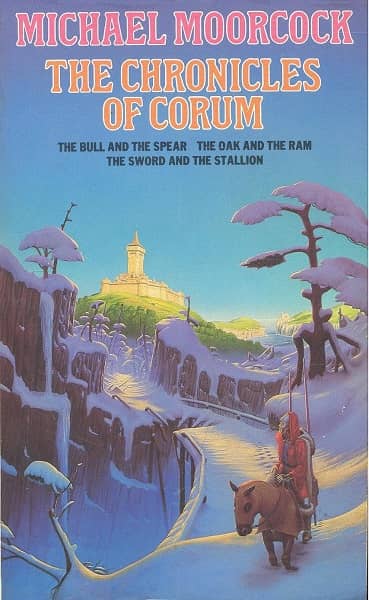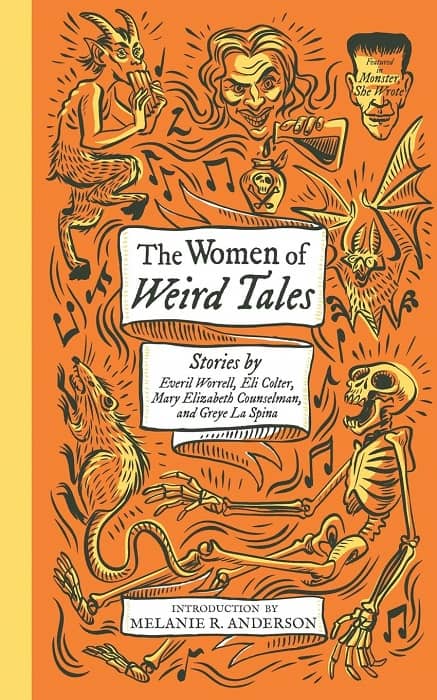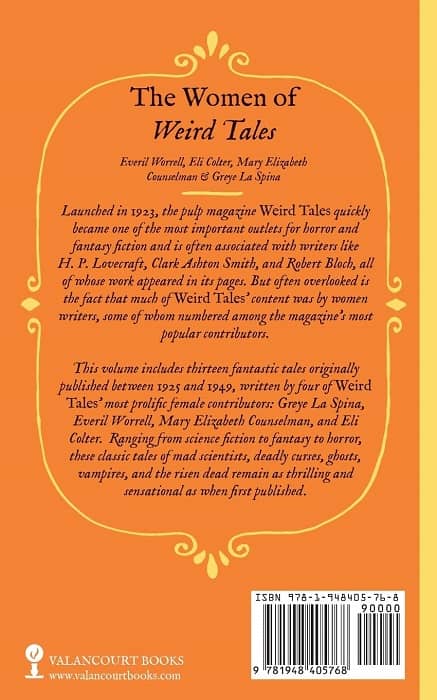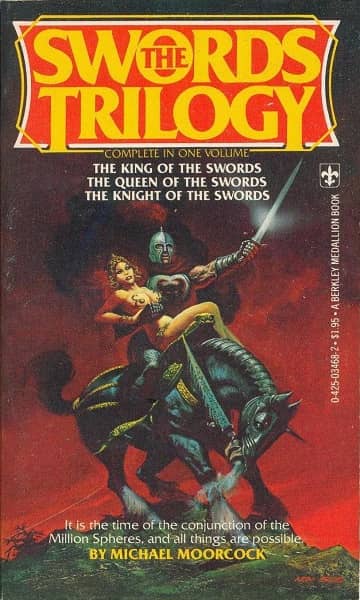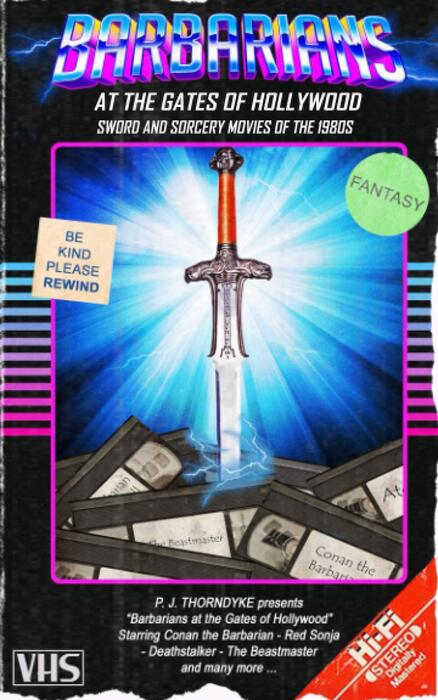Riding the Horror Rollercoaster: Children of the Fang and Other Genealogies by John Langan
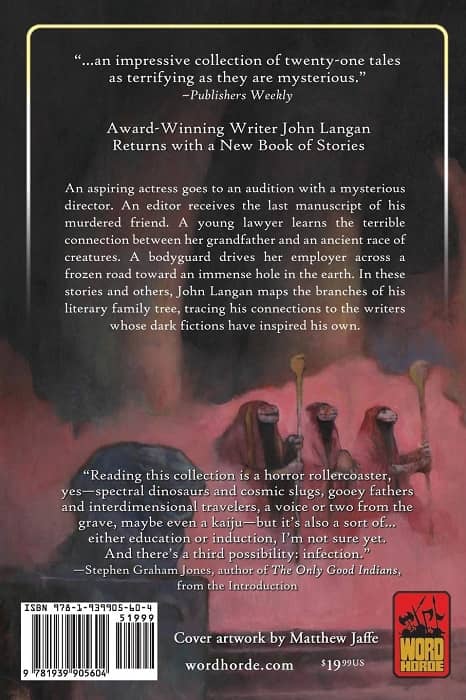 |
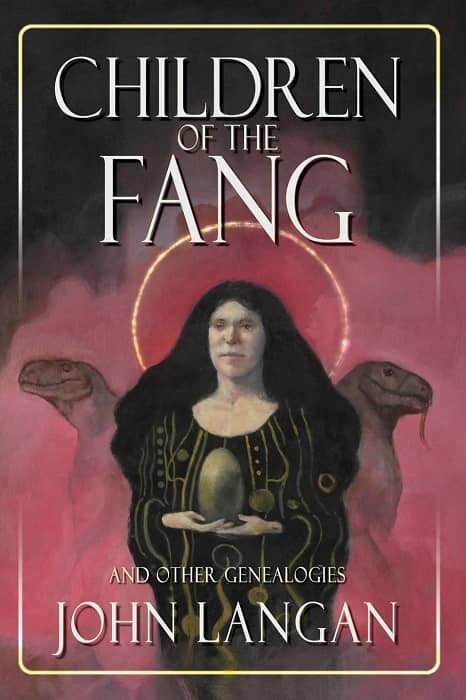 |
Cover by Matthew Jaffe
Children of the Fang and Other Genealogies
By John Langan
Word Horde (390 pages, $19.99 in trade paperback and $9.99 in digital formats, August 18, 2020)
Cover by Matthew Jaffe
Word Horde, Ross E. Lockhart’s small press, has produced some of the most interesting horror books of the past few years.
This is the fourth short story collection by horror writer John Langan (following Mr. Gaunt and Other Uneasy Encounters, The Wide, Carnivorous Sky and Other Monstrous Geographies, and Sefira and Other Betrayals). He’s also authored two successful novels, House of Windows and The Fisherman.
If you’re already familiar with Langan’s work, you know what to expect from his latest: a medley of themes, locations, narrative styles, atmospheres, sometimes overwhelming and totally compelling, sometimes downright weird and not always quite satisfactory. Whatever he writes, however, Langan is never banal. You may love the story he’s telling or you may hate it, but it will never leave you indifferent.
Thus, predictably, some of the featured tales left me spellbound and others just ill-humored. I will point the stories in the former group, and leave the latter to your judgement.
